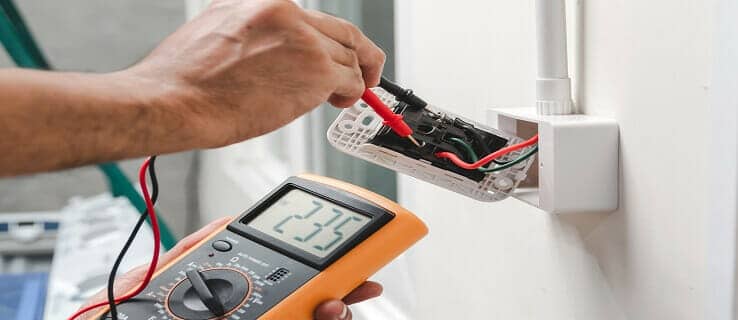If you’ve ever wondered about the inner workings of electrical systems, you’ve likely come across the term “low voltage fuses.” This comprehensive guide delves into the world of low voltage fuses, exploring their significance, types, installation, and maintenance. Whether you’re an electrical enthusiast, a homeowner, or a professional in the field, this article will provide you with a thorough understanding of low voltage fuses.
Table of Contents
- Introduction
- Understanding Low Voltage Fuses
- Importance of Low Voltage Fuses
- Types of Low Voltage Fuses
- 4.1 Blade-Type Fuses
- 4.2 Cartridge Fuses
- 4.3 Resettable Fuses (PTCs)
- 4.4 Plug Fuses
- How Low Voltage Fuses Work
- Factors to Consider When Choosing Low Voltage Fuses
- 6.1 Voltage Ratings
- 6.2 Current Ratings
- 6.3 Speed of Response
- 6.4 Breaking Capacity
- Installation of Low Voltage Fuses
- Safety Measures and Precautions
- Maintenance of Low Voltage Fuses
- Troubleshooting Common Issues
- 10.1 Blown Fuses
- 10.2 Overheating
- 10.3 Voltage Fluctuations
- Benefits of Using Low Voltage Fuses
- Comparing Low Voltage Fuses with Other Protection Devices
- Future Trends in Fuse Technology
- Conclusion
- Frequently Asked Questions
Low voltage fuses are vital components within electrical circuits that protect sensitive equipment and wiring from damage caused by overcurrents. This article aims to provide a comprehensive guide to understanding, installing, and maintaining low voltage fuses.
Understanding Low Voltage Fuses
Low voltage fuses are designed to interrupt the flow of current in an electrical circuit when the current exceeds safe levels. They consist of a metal conductor that melts when exposed to excessive current, breaking the circuit and preventing damage.

Importance of Low Voltage Fuses
The importance of low voltage fuses lies in their ability to safeguard electrical equipment, preventing hazards such as fires and short circuits. Without these fuses, overcurrents could easily damage sensitive devices and compromise safety.
Types of Low Voltage Fuses
There are several types of low voltage fuses available, each catering to specific applications. These include blade-type fuses, cartridge fuses, resettable fuses (PTCs), and plug fuses. Understanding the differences between these types is crucial for selecting the right fuse for your needs.
How Low Voltage Fuses Work
Low voltage fuses operate on the principle of melting a conductor to interrupt the current. When the current exceeds the fuse’s rating, the conductor heats up and eventually melts, creating an open circuit. This prevents further flow of current and protects the circuit.
Factors to Consider When Choosing Low Voltage Fuses
Choosing the right low voltage fuse involves considering factors such as voltage and current ratings, speed of response, and breaking capacity. These factors ensure that the fuse can effectively protect the circuit without nuisance tripping or failure.
Installation of Low Voltage Fuses
Installing low voltage fuses requires careful attention to detail. The fuse must be compatible with the circuit’s requirements, and proper installation techniques must be followed to ensure reliable protection.
Safety Measures and Precautions
When dealing with low voltage fuses, safety is paramount. Always disconnect the power source before working with fuses, and ensure that replacement fuses have the correct specifications.
Maintenance of Low Voltage Fuses
Regular maintenance of low voltage fuses involves inspecting them for signs of damage or wear. Fuses that show signs of degradation should be replaced promptly to maintain the circuit’s protection.
Troubleshooting Common Issues
Blown fuses, overheating, and voltage fluctuations are common issues associated with low voltage fuses. Understanding how to troubleshoot these problems can help restore proper functionality to the circuit.
Benefits of Using Low Voltage Fuses
The benefits of using low voltage fuses extend beyond protection. They are cost-effective, reliable, and can prevent extensive damage to expensive equipment.
Comparing Low Voltage Fuses with Other Protection Devices
Low voltage fuses have advantages over other protection devices like circuit breakers. They offer faster response times and are more suitable for certain applications.
Future Trends in Fuse Technology
The field of fuse technology is evolving. Advances in materials and design are leading to more efficient and reliable fuses that can cater to the demands of modern electrical systems.
Conclusion
Low voltage fuses are unsung heroes in the world of electrical safety. By understanding their importance, types, installation, and maintenance, you can ensure the longevity of your electrical systems and the protection of your valuable equipment.